
Preschoolers are a ton of fun. They’re energetic, curious, and immensely proud of their new skills and abilities. But their short attention spans and high energy levels can make it difficult to get these sweet, wiggly little people to sit and focus.
That doesn’t mean that you can’t give your preschooler a great math foundation for kindergarten, though. It just means that you need to work with your preschooler’s natural tendencies rather than against them. Instead of trying to force your preschooler to sit down to worksheets and drills, here’s how you can teach your preschooler math in a way that’s both fun and developmentally appropriate.
Find the math in your child’s interests.
One of the most adorable aspects of preschoolers is the way they get obsessed with specific topics. When my son was four, his ruling passion was Thomas the Tank Engine. He would zoom his trains along the tracks for hours, and he had an encyclopedic knowledge of the names of every character in the series. So, we did lots of train math. We counted lines of trains, added rows of trains together, and figured out how many empty spots there were in the roundhouse.
My daughter’s preschool interest was her beloved stuffed animals. We’d sort them by type and count how many were in each category. (“Three dogs, four cats, one sheep…”) She also loved to have tea parties for her stuffed animals, so we would count out play cookies for each guest and make sure each had an equal number.
Whatever your child’s interest, try to include counting, comparing, and simple addition and subtraction when you play together. Incorporating numbers into your child’s favorite activity will not only build his math skills but also help him appreciate the importance of numbers in daily life.
“Mom, look at me!”
Preschoolers love to show off all of their new physical skills: turning somersaults, walking on tiptoe, hopping on one foot, and so on. You can use their need to move to get them interested in numbers, too, especially when they can use numbers to quantify how amazing they are: “I can run around the whole playground in just 14 seconds!”
For a child who’s still learning to say the numbers in order, offer to count how many times she can do something. “Want me to count how many times you can hop on one foot?” Listening to you say the number sequence will help your child internalize the correct order.
For a child who already knows how to count, use a mix of questions to help him practice this vital skill. Sometimes, ask, “How many times can you…?” so that your child does open-ended counting. Other times, ask questions with a fixed amount: “Can you do three somersaults in a row?” Learning to stop after a certain number is a key skill in helping children learn to count out a fixed quantity.
By counting physical motions, you’ll also teach your child that numbers can be used to count more than just sets of objects. This will help your child understand the very abstract idea that numbers can be used to count intangible things, too.
Snuggle up with a book.
You probably already have a time each day when you cuddle up on the couch with your preschooler and read. This read-aloud time is very important for developing your child’s literacy skills, but you can build your child’s math skills at the same time, too.
One of the easiest ways to do this is to simply check out a math book or two each time you haul a stack of picture books home from the library. Look for books about numbers, shapes, time, measurement, and patterns. Many libraries have a special section for these books (or a special label on the spine) so ask your librarian how your library organizes these books.
Some math books are very dry, but there are many engaging ones that teach mathematical concepts along with an entertaining story. To help you get started, I’ve put together a list of 12 wonderful math picture books for preschoolers, along with suggestions for how to gently draw your child’s attention to the math in the story. (You can download it by following the link below.)
Preschool math doesn’t have to mean formal lessons or worksheets. By incorporating numbers into your child’s interests, physical play, and read-aloud time, you can enjoy this sweet age and give your wiggly preschooler a playful, developmentally-appropriate foundation in math, too.
Recommended Products
-
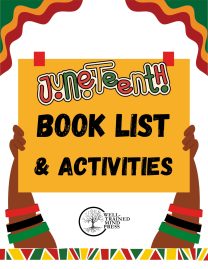
Juneteenth Booklist & Activities
0 out of 5$0.00 Add to cart -
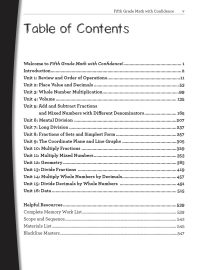
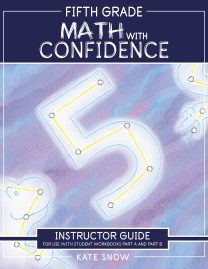
Fifth Grade Math with Confidence Instructor Guide
0 out of 5Starting at:$36.95Original price was: $36.95.$27.71Current price is: $27.71. Select options -
Sale!

Hansel & Gretel and Other Stories: Downloadable MP3
0 out of 5$12.95Original price was: $12.95.$9.71Current price is: $9.71. Add to cart -
Sale!
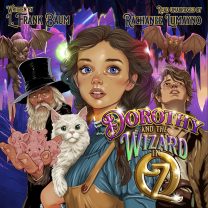
Dorothy and the Wizard in Oz: Downloadable MP3
0 out of 5$25.95Original price was: $25.95.$19.46Current price is: $19.46. Add to cart -
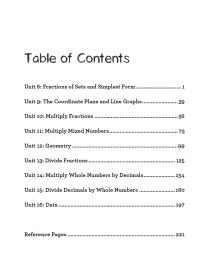 Sale!
Sale!
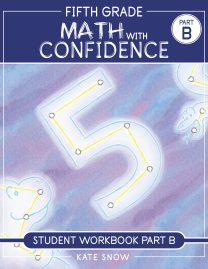
Fifth Grade Math with Confidence Student Workbook B
0 out of 5$16.46 – $21.56 Select options This product has multiple variants. The options may be chosen on the product page -
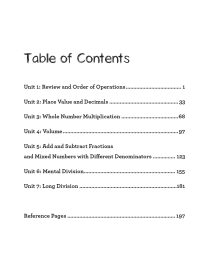 Sale!
Sale!
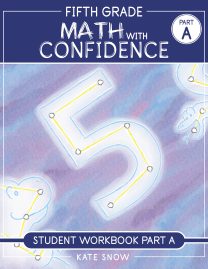
Fifth Grade Math with Confidence Student Workbook A
0 out of 5$16.46 – $21.56 Select options This product has multiple variants. The options may be chosen on the product page
ABOUT THE AUTHOR
Kate Snow
Join over 100,000 homeschooling families
For the latest offers, educational insights, products and more.
By joining you agree to our privacy policy.




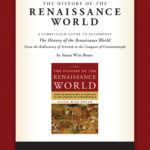

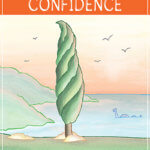

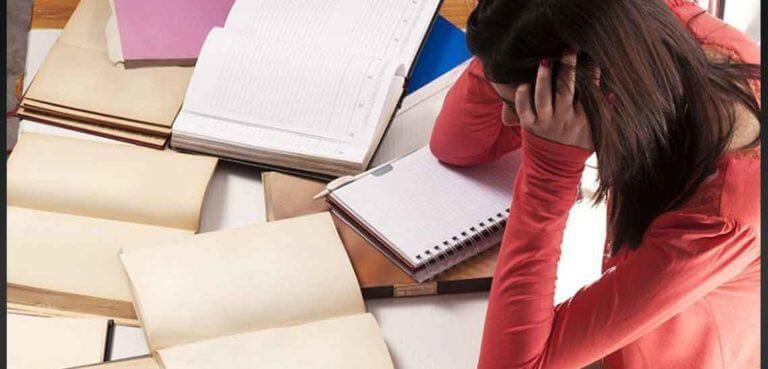

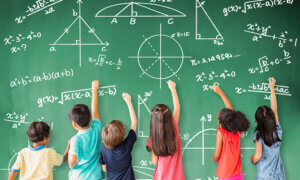

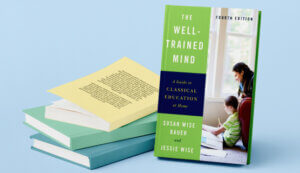
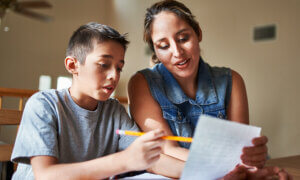
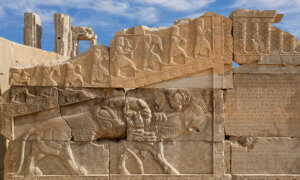
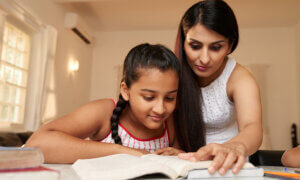

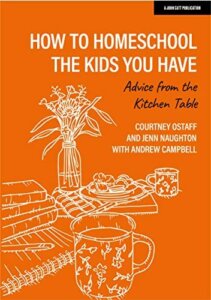

5 thoughts on “How to Teach Your Wiggly Preschooler Math”
I used to push my preschooler on the swing and count how many times I pushed, until she could do the counting. We counted by ones, twos, threes, fives, and tens; by the time she was 4 she could do all of these flawlessly. (It was then that a friend pointed out, “You’re *already* homeschooling,” when I worried about whether I was up to the task; that was the conversation that sold me!)
Me ha parecido muy interesante.
Quisiera saber como aplicar educación clásica en preescolar
que asignaturas se dan?
Cual seria el currículo clásico para niños en edad preescolar
¿Esta buscando un curriculo en inglés o en español?
Kate, I have signed up for multiple newsletters online, usually to get a freebie. However, your newsletter is the only one I love, look forward to, and always read. Your stuff is so practical and useful. For someone who grew up with very traditional math and thought of manipulatives as a waste of time, you have given me a whole new paradigm for teaching math. Thanks! As usual this post is great, though I would recommend your preschool math curriculum to anyone who isn’t sure what concepts preschoolers need or how to teach them.
Toda esta informacion esta disponible en español. Tengo bastante dominio del ingles, pero en ciertos momentos se me hace un poco complicado.